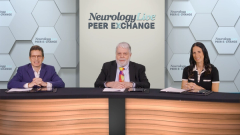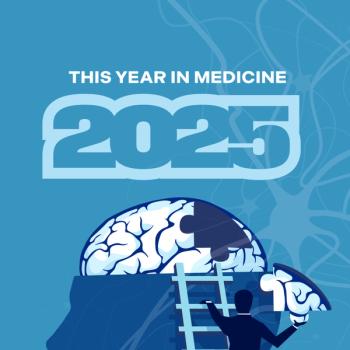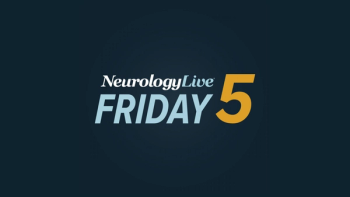
Clinical Pearls in Myasthenia Gravis Care
Panelists discuss how successful myasthenia gravis management requires early diagnosis and treatment, active listening to understand individual patient needs, shared decision-making, aggressive use of targeted therapies to achieve minimal symptom expression, and comprehensive patient education to support optimal care outcomes.
Episodes in this series

Clinical excellence in myasthenia gravis management requires early, aggressive treatment approaches that prioritize finding the most effective therapy with minimal toxicity as rapidly as possible, rather than following traditional stepwise escalation protocols. Health care providers should schedule follow-up visits within 2 to 3 months of treatment initiation to assess response objectively, provide comprehensive patient counseling about treatment expectations, and maintain readiness to pivot when therapeutic goals are not achieved. Early vaccination planning, particularly meningococcal immunization, enables rapid access to complement inhibitors when needed.
Patient communication represents the cornerstone of optimal myasthenia gravis care, requiring detailed discussions that extend beyond standardized rating scales such as MG-ADL to understand individual functional limitations and quality-of-life impacts. Clinicians should specifically inquire about the activities patients value most, work-related challenges, and hobbies they have been forced to abandon, as these factors may not appear in conventional assessment tools but significantly impact treatment decisions. The goal shifts from basic symptom control toward achieving minimal symptom expression tailored to each patient’s specific needs and preferences.
Shared decision-making approaches prove essential for optimal outcomes, incorporating patient preferences regarding administration routes, dosing frequency, and lifestyle factors into treatment selection. Clinicians should embrace newer targeted therapies without hesitation, utilizing them earlier in disease courses than traditional paradigms suggest, while maintaining aggressive management strategies to prevent crisis development. Education extends beyond patients to include family members, caregivers, and other health care providers involved in patient care, ensuring comprehensive support systems understand disease fluctuations and treatment goals. The emphasis on listening to understand rather than listening to reply enables providers to capture disease nuances essential for personalized treatment optimization.
Newsletter
Keep your finger on the pulse of neurology—subscribe to NeurologyLive for expert interviews, new data, and breakthrough treatment updates.





















